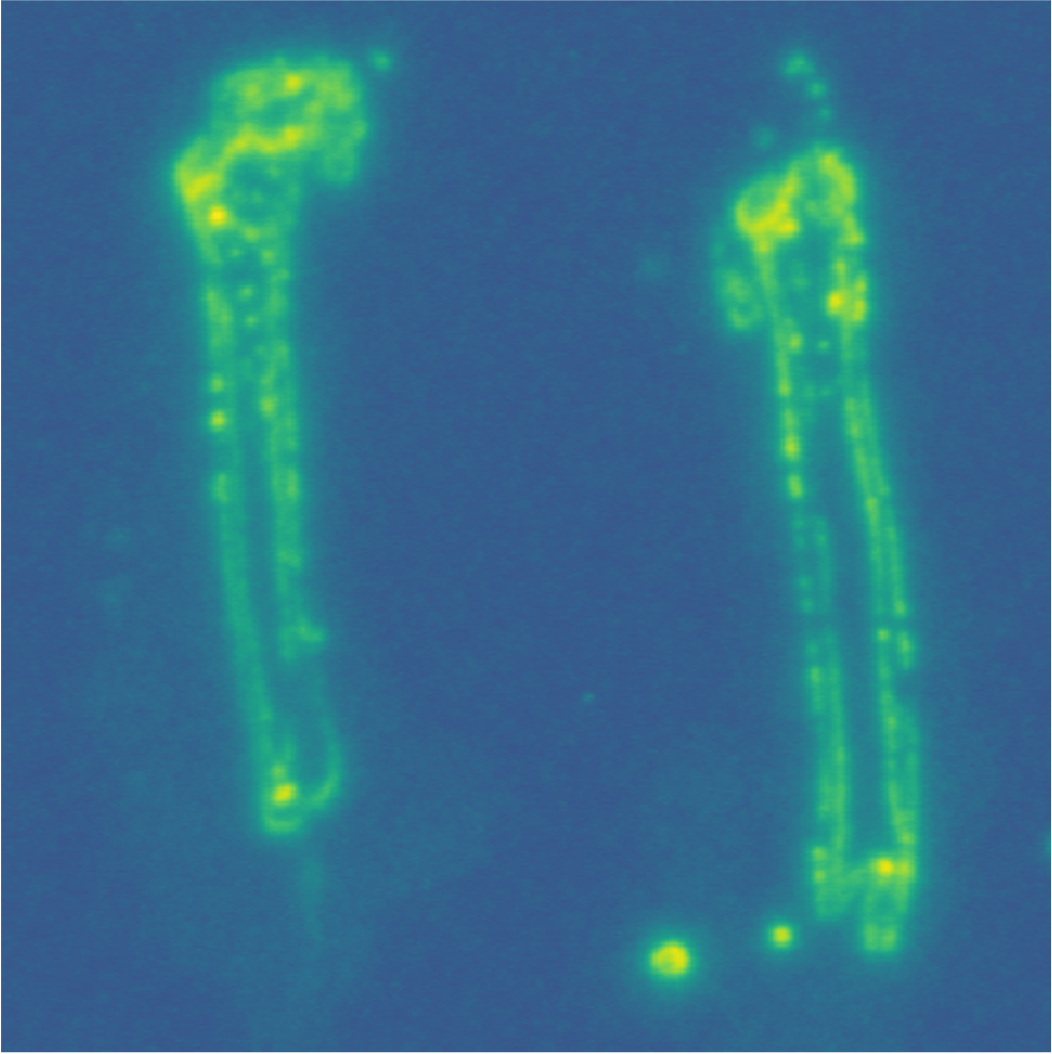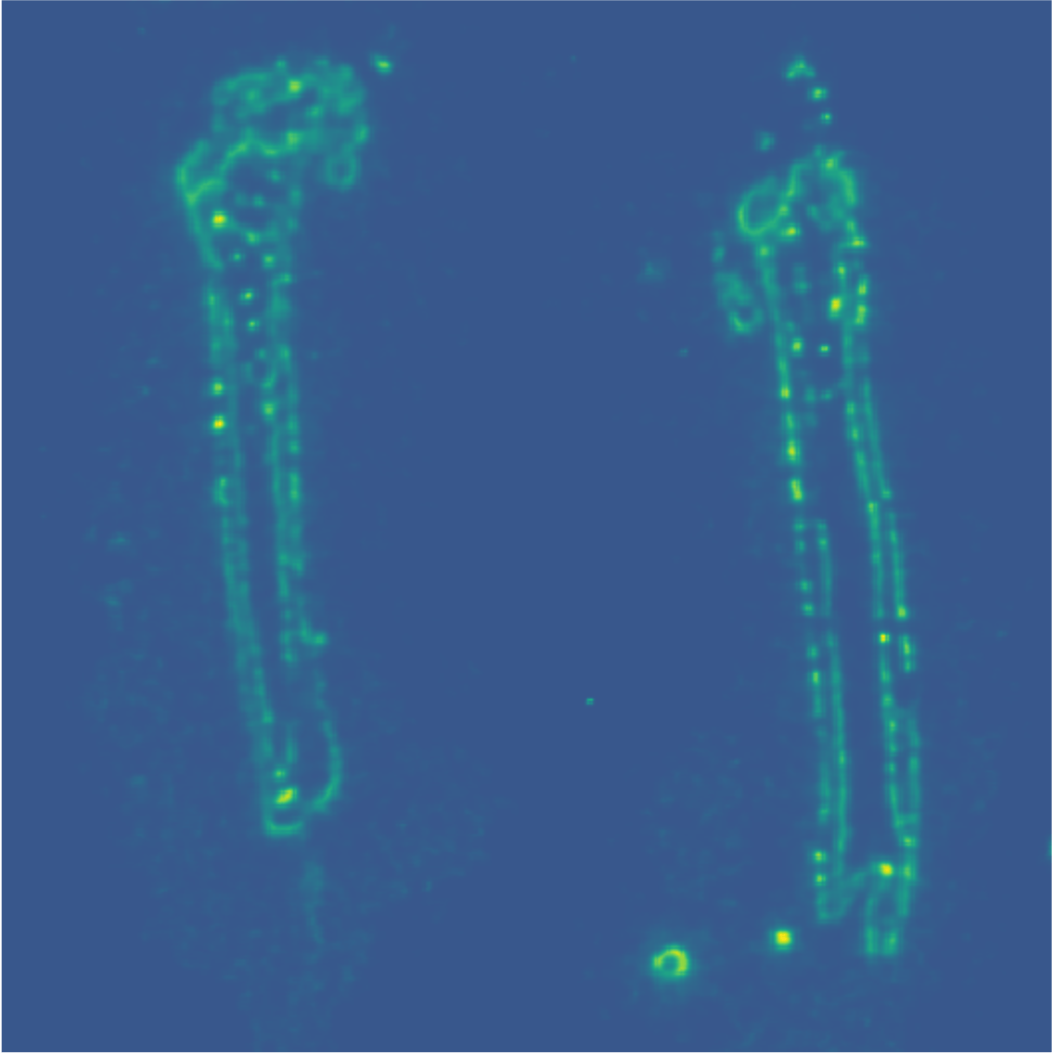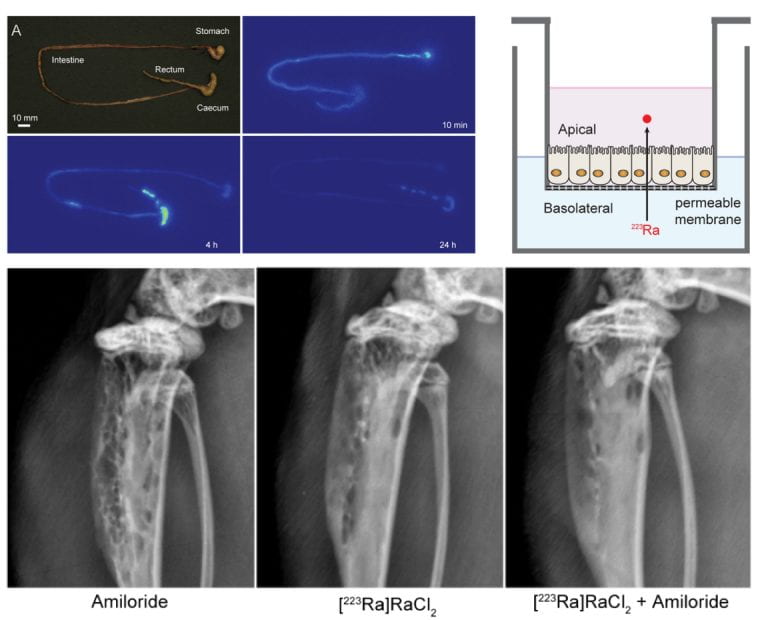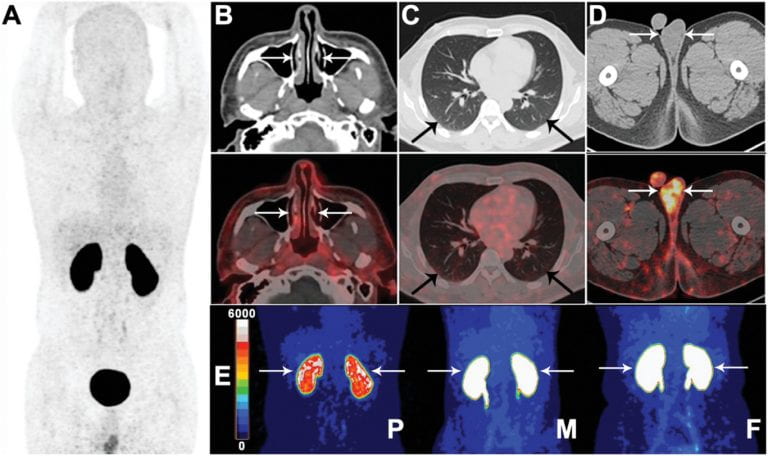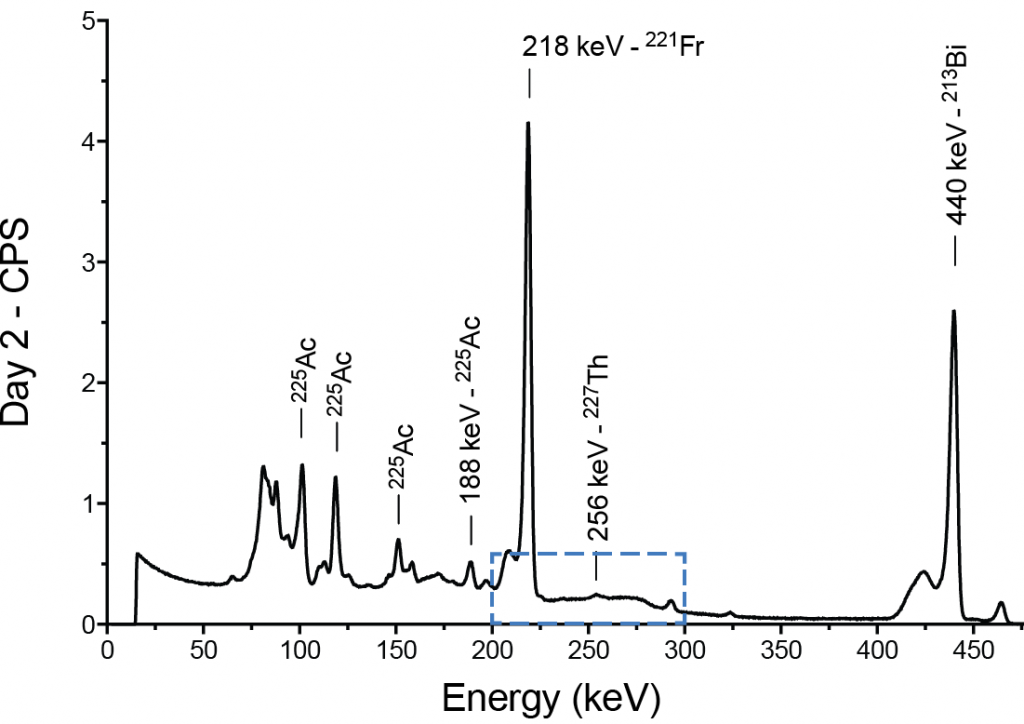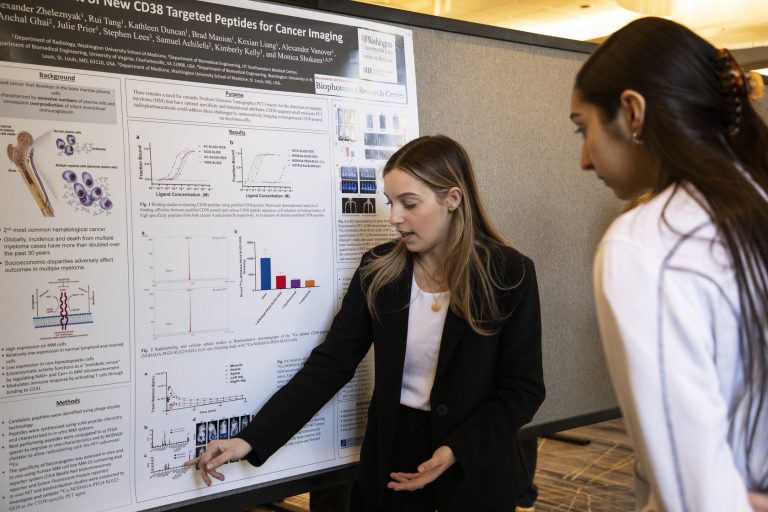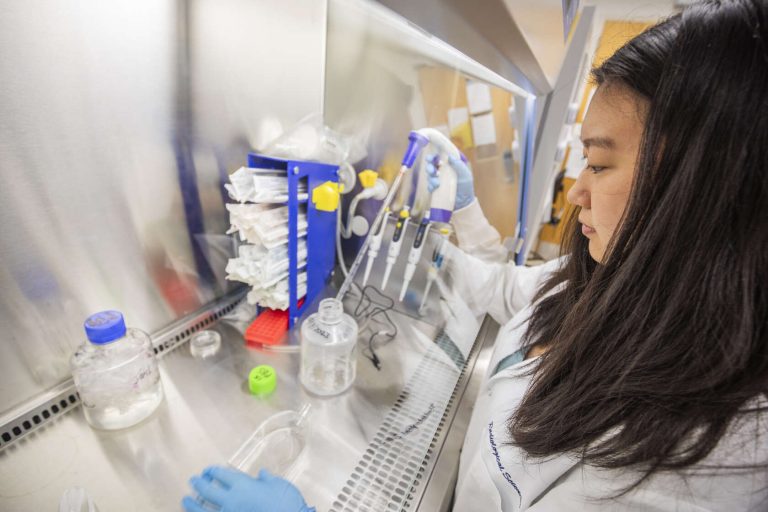Molecular Radiotherapy + Imaging Laboratory
Projects
Alpha Particle Emitting Therapies Imaged on Clinical SPECT Systems
Targeted alpha particle radiotherapies (aRPT) are of great clinical and pharmaceutical interest because of their unique physical and biomedical properties. Precision approaches to measure the distribution and tumor targeting of these agents in humans is a considerable challenge. Comparing three leading aRPT isotopes (223Ra, 227Th and 225Ac), across three clinical SPECT systems from two vendors, and multiple collimator configurations, we put forward an important first step towards advancing a personalized theranostic paradigm.
Computational Imaging Improves Digital Autoradiography for Biomedical Applications
Digital autoradiography (DAR) is a core technique in the drug development toolkit for both radiopharmaceuticals and classical drug agents. Using a novel algorithm that iteratively improves both signal to noise ratio and decreases spurious background noise, we have implemented a first in field approach to significantly improve DAR for positron emitting diagnostics and alpha particle emitting therapies.
Improving Prostate Cancer Treatment
Insights from in vivo models and in vitro systems of the pharmacokinetics and organ-specific interactions of Radium-223, a treatment for bone metastatic prostate cancer, have led to a novel combination therapy strategy that both improves treatment response and reduces off-target toxicities.
Molecular Imaging of SARS-CoV-2 Receptor
The COVID-19 pandemic is caused by interaction of the highly permissive SARS-CoV-2 with host cell Angiotensin-converting enzyme 2 receptor. Persistent questions about virus dynamics and response to treatment may hinge on ACE2 expression levels. With our collaborators we have rapidly translated a high affinity ACE2-binding peptide to noninvasively and quantitatively assess ACE2 expression in mice, and in man.
Quality Control Methods and Characterization of Alpha Particle Therapies
Safe and effective treatment with these highly potent treatments is complicated by concatenated emitters, impurities and complex emission spectra. Detailed assessment of radiolabeled material and new, high throughput and more accurate characterization technologies have been a focus of our program.
Relevant Publications
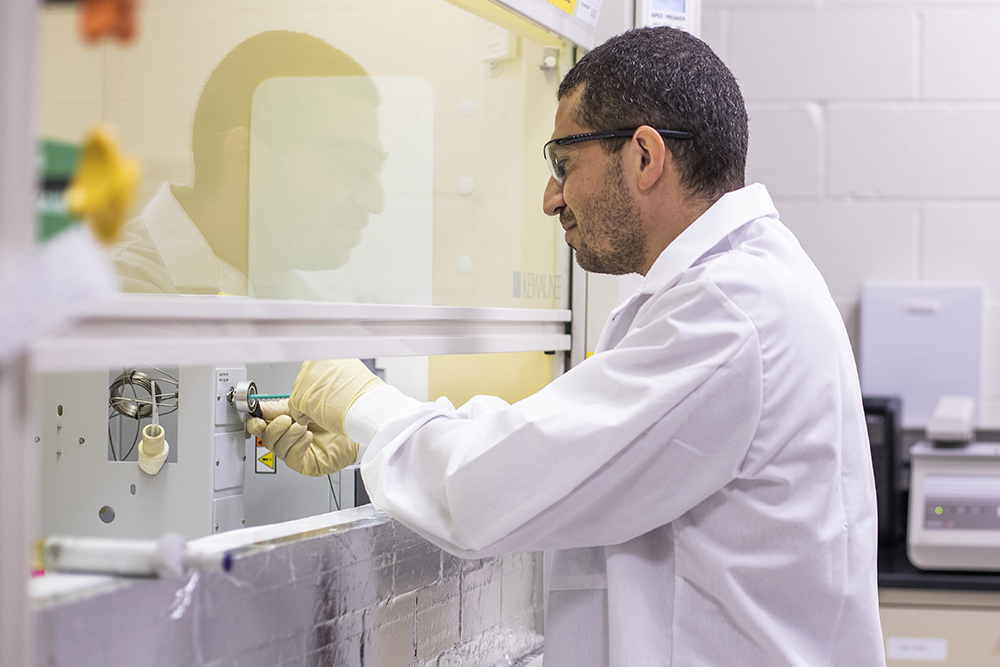
Our People
The lab, led by Daniel Thorek, PhD, leverages multidisciplinary excellence in the areas radiology, radiation oncology and engineering to drive innovation for translational impact.


